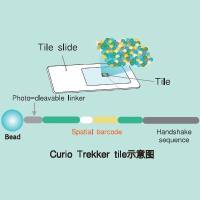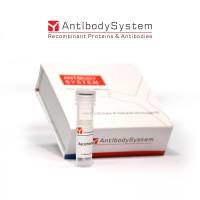Multicomponent RNA-protein complexes are essential for eukaryotic gene expression. Some, like the spliceosome, have been studied successfully in vitro using biochemical and structural approaches, but many have not been reconstituted in cell-free systems. Nucleotide analog interference mapping (NAIM) can report detailed atomic information about requirements for ribonu-cleoprotein particle assembly and function in living cells, providing a method to study complexes in a cellular context at a level of detail comparable to many biochemical assays. The method relies on incorporation of phosphorothioate-tagged nucleotide analogs during in vitro transcription, followed by a selection for the active population of molecules and analysis of the selected RNA sequence composition. Xenopus oocytes provide a cellular environment for selecting active molecules based on particle assembly or function. Functional group analysis of complexes assembled in vivo provides predictive models for further investigation either in vivo or in vitro as well as benchmarks for evaluating and refining biochemical and structural models.






